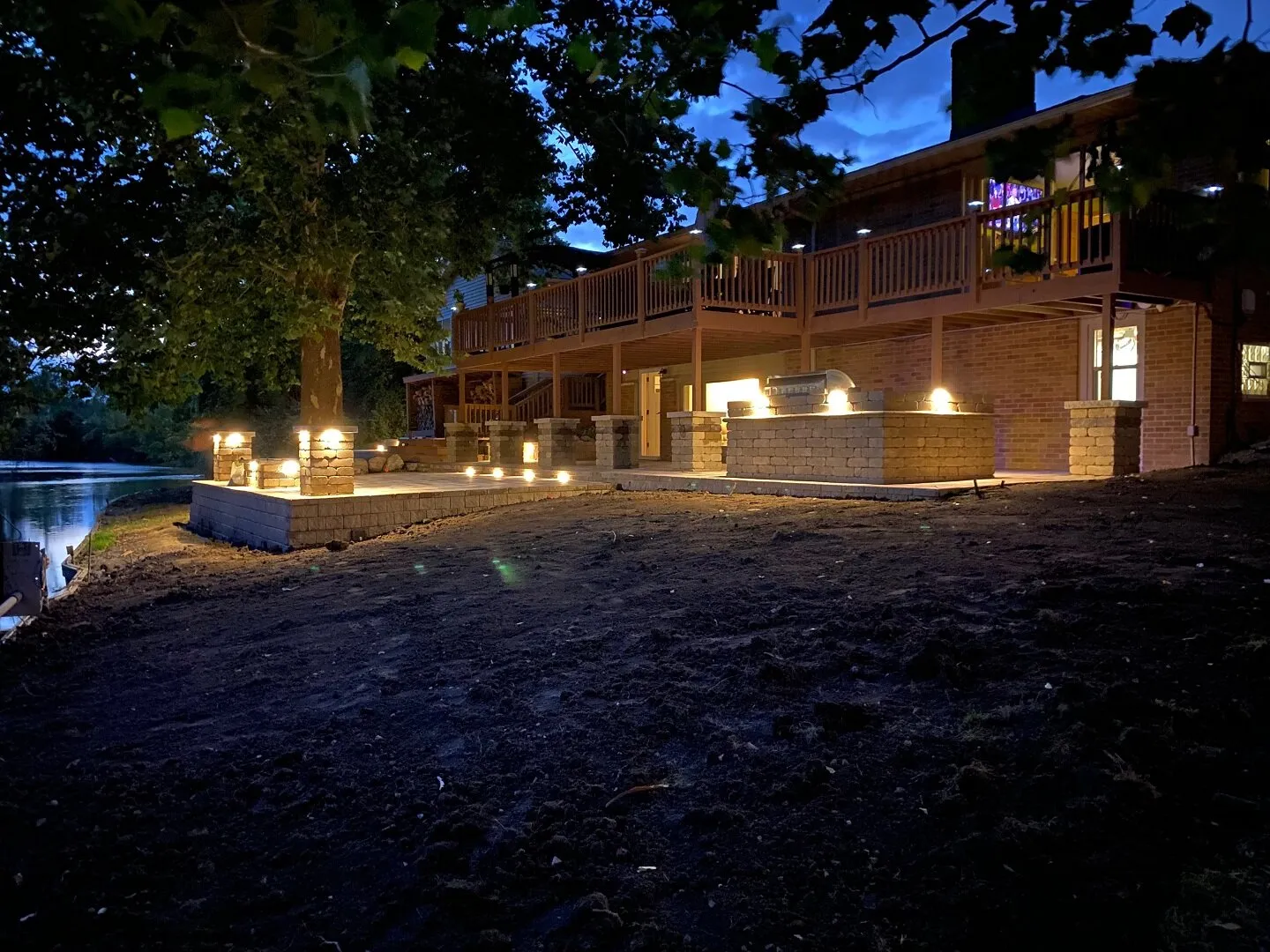Lighting is a certain element of any landscape that exists, it is helpful to look after the entire place, to check for gardens and grounds, entrance and staircases rooftop and also help in Lawn Care to fix things according to need and choice of visual capacity.
To tell you how innovative ideas can make it handier, we bring to you 5 cool ideas so outdoor lighting can be arranged and you can fit an actual base to cover better adjustments and make your landscape more visible.
With better safety and the visual impact, it does give you an extra edge to its entire coverage and help you get a better impression from people who are connected to such living space.
Focus Light for Landscape
To begin with, you can go for focus lights that can cover your entire area including grounds and lawn, and light it through an actual focus beam to give a unique vision of the landscape.
This gives you a cool idea to cover your entire place, to work out activities by focusing lights available and they do come with sensor techniques to identify unknown activity which can help you to check for the suspect and detect it well.
Lighting for Upper Stairs
However outdoor not only means just the entire cover, but if you have floors to connect, then you may also need lighting for upper stairs through which the entire pathway goes to your rooftop.
By having such lighting you can check for the movement going on and can have a better medium to move around faster through the entire area and it gives an added boost that seems to work well. If you are interested in lawn care consult with the team at Lilydale Instant lawn
Covering Boundary Walls
However, to get lighting for your boundary may be equally potent as they are the entrance to your place seems to represent lawns, and may remain the core of activities by which people are entering or going out.
To keep an eye out for intruders, to look how things are going on, to plan more outdoor activities and other aspects, such lighting at the boundary proves handy and lets you fix the things by enabling the entire area in front of you.
Rooftop Panels
In other cases for the rooftop and to visualize the landscape from height while visiting it, you may also need panels that are added as extra lighting and seem to work as innovative ideas.
Such panels are low cost, can be easily lifted, and give u the feel of visualizing the entire city in front of you from the rooftop so their role is equally potent to consider them as an integral part of outdoor lighting at your place.
Outdoor Flashlights
Lastly for cultural moods, for gathering teams or friends, and to make it accountable, you may also need flashlights, smaller or dim lights that are for parties or other activities and they do make your outdoor activities unique.
By their presence, you get a better feel of the entire area, feel confident about outdoor activities and it leads to a unique expression for everyone by attaching lights in your outdoor living space.
Conclusion
Ideas may depend on the way you wish to fit such lighting so they can check for your grounds, can see outer movements, and can also help you get lawn care perfectly managed through smart solutions arranged in the form of lighting facilities in your landscape.
the thing that matters to you while going for Outdoor Lighting that what type of lights are going to be attached, you have to check their visual impact, the way you have attached them, exact precision in the landscape, and how much quality they stand for which would altogether make it a unique setting while considering them for your landscape…














